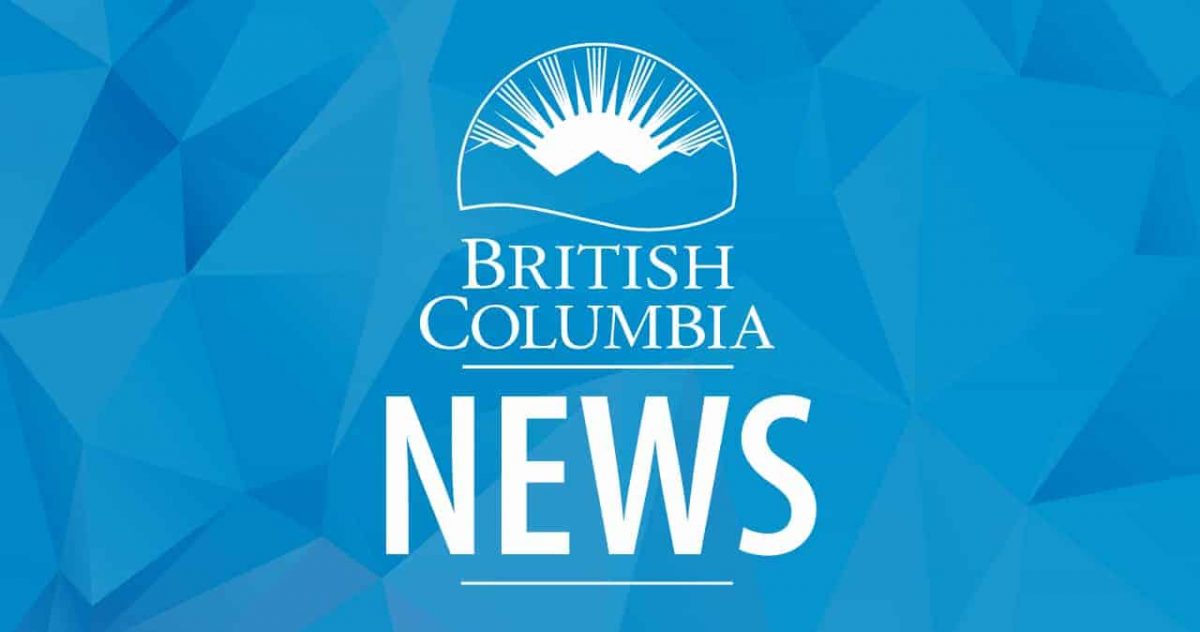
Provincial health officer recommends expanding alternatives to toxic, unregulated drug supply
Start a conversation about this post
Backgrounders
More than 14,000 people have died of drug poisonings in B.C. since the public-health emergency was declared in 2016. Despite the implementation of a multifaceted response, the death toll has increased almost every year since the declaration of the emergency, with 2023 being the deadliest year yet.
Key findings within a report released July 11, 2024, by British Columbia’s Office of the Provincial Health Officer, Alternatives to Unregulated Drugs: Another Step in Saving Lives, include:
- The scale of the emergency is enormous due to the high toxicity of illegally manufactured street drugs containing fentanyl-like drugs and other dangerous substances in the unregulated drug supply, which is accessed by 165,000 to as many as 225,000 people in B.C. in a 12-month period.
- Synthetic opioid fentanyl-like drugs have been detected in more than 80% of drug-poisoning deaths since 2017, have largely displaced other opioids from the drug supply, and are also increasingly found in samples of unregulated stimulants.
- Many people who have died over the past eight years did not have a substance-use disorder. This presents unique considerations for addressing the emergency in a way that looks beyond medicalized approaches and solutions that focus on people with substance-use disorders.
- Therefore, non-medicalized approaches are necessary to address the needs of a substantial portion of the population at risk of drug poisoning and other harms.
- Early evaluation and research show promising evidence of benefits for people enrolled in prescribed alternatives programs.
- However, while useful, these prescription-based models have faced many barriers and challenges due to the requirements, practices and limited capacity of the health-care system.
- This impedes the ability to sufficiently expand access to alternatives to unregulated drugs.
- Other barriers include medicalization of the programs, regulatory and implementation challenges (including geographical and transportation logistics challenges), lack of support for and availability of prescribers, and a lack of cultural appropriateness and cultural safety in services.
- Therefore, it is imperative to explore opportunities for providing access to alternatives beyond the health-care system.
- Research on alternative regulatory frameworks for controlled substances, as well as community-led models such as buyers’ clubs and compassion clubs, offer useful insights on this approach, and people who use drugs have also suggested this model for accessible, safe, and welcoming spaces outside the medical model.
- This can be achieved by expanding access to alternatives beyond the health-care system, including ensuring appropriate system-level protections. Enabling access to alternatives to unregulated drugs presents a key opportunity to address its fundamental driver: the highly toxic and unpredictable unregulated drug supply.
- To have a real impact on reducing drug poisonings, it is essential to name and address the underlying cause of these deaths: drug prohibition and the resulting highly toxic unregulated drug supply.
- Prohibition limits the establishment of protection and quality-control measures for unregulated drugs.
- The unregulated market is currently supplying many people who use drugs with substances that are manufactured, supplied and distributed by organized crime groups.
- Enabling access to alternatives to unregulated drugs involves providing people who use drugs and who are at high risk of dying with products of known quality, composition and purity that they can use instead of unregulated drugs.
- While all drug use has risks, this approach reduces the risks posed by the contamination, adulteration and unpredictable potency of unregulated drugs.
- Many of the benefits observed for prescribed-alternatives programs, including the connection to treatment and recovery services, may be transferrable to non-prescribed models. Rigorous, ongoing evaluation and monitoring is essential to minimize unintended consequences and optimize benefits.
- The emergency has been exacerbated by various factors, including chronic gaps in the health-care system, housing instability and homelessness, poverty, the impacts of colonialism and racism, criminalization and stigma, as well as other determinants of health and inequity. This has resulted in an inequitable distribution of deaths across B.C.’s population, with disproportionate impacts on Indigenous Peoples.
No conversations yet
Activity Stream
Fri, Dec 12, 2025 at 10:59 am - Transition Kamloops posted on their blog: An Open Letter to the Premier of BC and the Special Committee on Democratic and Electoral Reform
Thu, Dec 11, 2025 at 8:00 am - David Suzuki posted on their blog: U.S. actions near Venezuela portend an oily catastrophe
Thu, Dec 4, 2025 at 8:00 am - David Suzuki posted on their blog: Fossil fuel interests and petrostates dash hopes at COP30
Thu, Nov 27, 2025 at 8:00 am - David Suzuki posted on their blog: It’s time to loosen billionaires’ stranglehold on humanity
Thu, Nov 20, 2025 at 8:00 am - David Suzuki posted on their blog: Electrotech, not fossil fuels, will power the future
Fri, Nov 14, 2025 at 9:50 pm - Transition Kamloops posted on their blog: From passage to presence: How 30 km/h streets transform cities
Fri, Nov 14, 2025 at 4:28 pm - Transition Kamloops posted on their blog: Official Community Plan Update: Have your say by December 9th
Fri, Nov 14, 2025 at 4:27 pm - Transition Kamloops posted on their blog: Just one public meeting on the 2026 City Budget this year: November 19
Thu, Nov 13, 2025 at 8:00 am - David Suzuki posted on their blog: Canada must not back down on industrial carbon price
Thu, Nov 13, 2025 at 3:01 am - David Suzuki posted on their blog: COP30 and the forest illusion: Canada’s climate promises mean nothing without Indigenous jurisdiction
